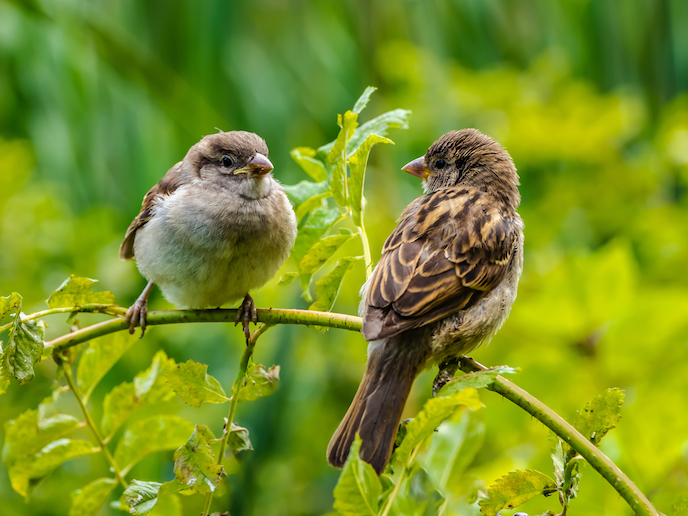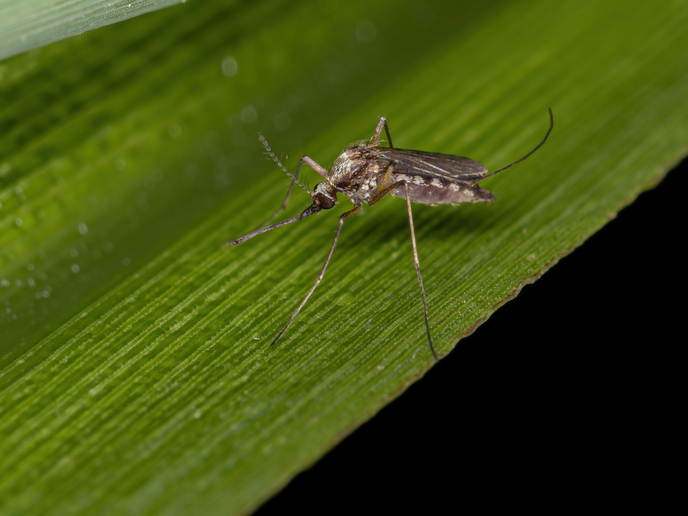Turtledoves can carry bad tidings for sparrows – and humans
The presence of West Nile virus (WNV) in Europe has been known for decades. WNV, hosted in birds, is the number one cause of viral encephalitis worldwide. In the early 2000s it was clear that the virus was endemic in several countries of Europe, including Italy and Spain. From 2011 to 2019, 3 549 human cases were detected in Europe, with a peak of cases in 2018. Currently it is expanding north with new cases reported in Germany in 2018 and the Netherlands in 2020. The EU’s WNV tracker shows its spread. In the summer of 2020 Spain experienced an outbreak of WNV, representing the biggest outbreak of a mosquito-borne disease in Spain since malaria was eradicated in 1964. The TransWNV project sought to gain a better understanding of the dynamics of how WNV spreads by identifying how different bird species respond to infection. “When looking at these numbers it is important to consider that 80 % of infected people are asymptomatic, 20 % develop some form of symptoms, and a much smaller percentage of 1-2 % develop severe disease. So, the number of people exposed to the virus is much larger,” explains principal researcher María José Ruiz-López. Based at Sevilles' Doñana Biological Station, part of the Spanish National Research Council, Ruiz-López was supported by a Marie Skłodowska-Curie Individual Fellowship.
Messages embedded in DNA
Gene expression is a tightly regulated process that allows us to respond to changing conditions. The expression of certain genes is turned on and off, or increases or decreases, when the individual needs to respond to different conditions. “Studying what genes are more or less expressed, or even turned on and off, helps us understand how the organism is responding to changing situations,” adds Ruiz-López. The TransWNV project focused on transcription and the transcriptome, the set of all RNA in an individual or organ. “By analysing the transcriptome, we can identify which genes are being expressed and in what amount,” explains Ruiz-López. The project first identified genes using the mRNA sequence, then counted the copies of each mRNA. They then compared the data across samples derived from birds that were either infected or not infected with WNV. “If a gene is not present in some samples and it is present in others, it can be assumed that it is being turned off/on. If a gene has many copies in some samples and very few copies in others, it can also be assumed that its expression changes under certain conditions, in this case being infected or not,” says Ruiz-López. As she explains: “In this study, by comparing the transcriptomes of individuals infected by WNV and individuals not infected by WNV, we can understand which genes are being activated to respond to the infection.”
A valuable piece of the puzzle
The project established that three birds had different susceptibility to WNV: sparrows may die, while European turtle doves and quail were asymptomatic carriers. “This was confirmed by the gene expression data, where we found expression of different genes involved in different phases of the immune response,” Ruiz-López notes. Understanding the dynamics of infection in different species and gaining information about which species are more likely to be reservoirs, can help in identifying areas where the risk of infection to humans is higher. “WNV epidemiology is very complicated, and it also depends on the mosquito species present, and other environmental factors. The best way to reduce the spillover into humans is to prevent mosquitoes from breeding in populated areas, along with adequate surveillance in high-risk areas to reduce transmission,” says Ruiz-López.
Keywords
TransWNV, West Nile virus, DNA, RNA, mRNA, birds, transcription, transcriptome, emerging infectious diseases







